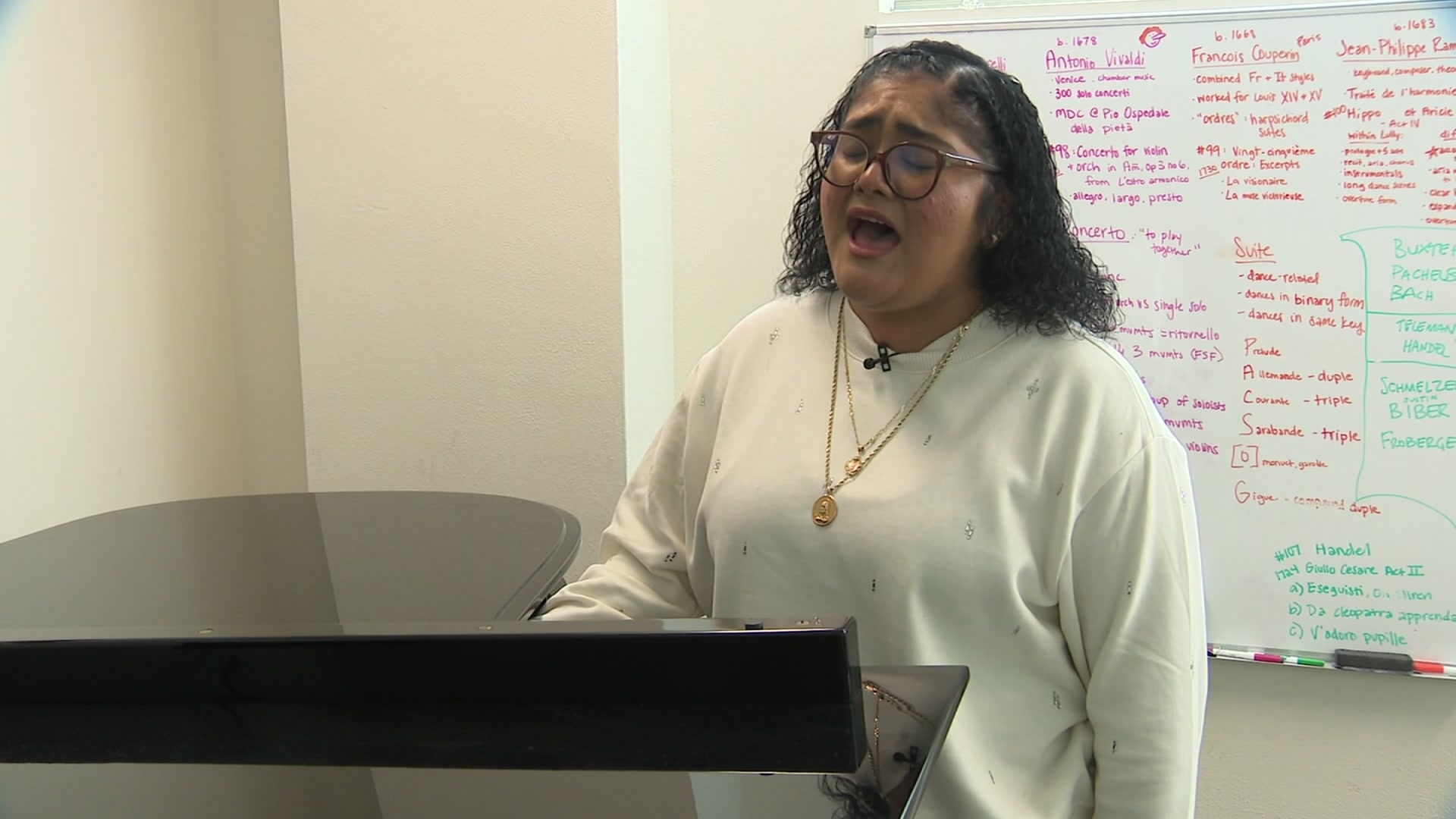Hollywood again tackled the assassination of President John F. Kennedy this fall.
The film "Parkland," which is still playing in local theaters, largely focuses on the Parkland Hospital surgical team that tried to save the president and, two days later, the man accused of killing him.
But what do doctors who were there think of the movie?
Two doctors who helped treat Kennedy say the movie correctly portrays the initial shock of seeing the president mortally wounded and the crush of people stuffed into the operating room area --- a large area doctors referred to as "The Pit."
"The room just filled with people," Dr. Ronald Jones said. "It was packed. You couldn't move a muscle."
"It was jammed with men in business suits, shoulder to shoulder," Dr. Robert McClelland said. "You couldn't pack one more man in that area."
Jones said they did not hesitate before cutting open Kennedy's clothes and treating him, as the movie portrays.
Local
The latest news from around North Texas.
"We did what we'd do for a trauma patient," he said. "It happened to be the president, and you knew that, but nevertheless, it's a trauma patient, and you're resuscitating him like that."
The film correctly notes doctors were surprised that Kennedy had been wearing a large back brace, tightly wrapped by Ace bandages. Ultimately, the movie is accurate -- a largely faithful interpretation of the chaos and emotion within the hospital walls, McClelland said.
But the portrayal of the first lady is the biggest thing "Parkland" gets wrong, McClelland said.
Jacqueline Kennedy was not sobbing, he said. She was stoic.
"I understand you have to have dramatic license, but there was not nearly that much [emotional] excitement, if you will, even including Mrs. Kennedy," McClelland said. "She is portrayed as being hysterical and throwing herself on top of the president. She was very self-contained, and she didn't do any of that."
It was clear to the Parkland staff that the president's wounds were not survivable. Doctors quickly asked for a priest to come and deliver the last rites. Only then did they appreciate historical significance of the moment.
"I think the emotion that hit me was when a Secret Service man came up to me and told me, 'I need to call Joseph Kennedy and tell him the condition of his son,'" Jones said. "I didn't want to say he was dead. We didn't want to declare him dead because the first lady had requested a priest. But we knew it was bad news."
Two days later, Lee Harvey Oswald was rushed into Parkland and treated by the same doctors who had tried to save the president.
In the movie, the head nurse says aloud that she won't allow Oswald to be treated in the same room where the president died.
Oswald was, in fact, treated in a different room -- Trauma Room 2 -- but it wasn't a symbolic gesture, McClelland said.
"That room just happened to be open, so they wheeled him in there," he said. "You just put the people where there's room to put them."



